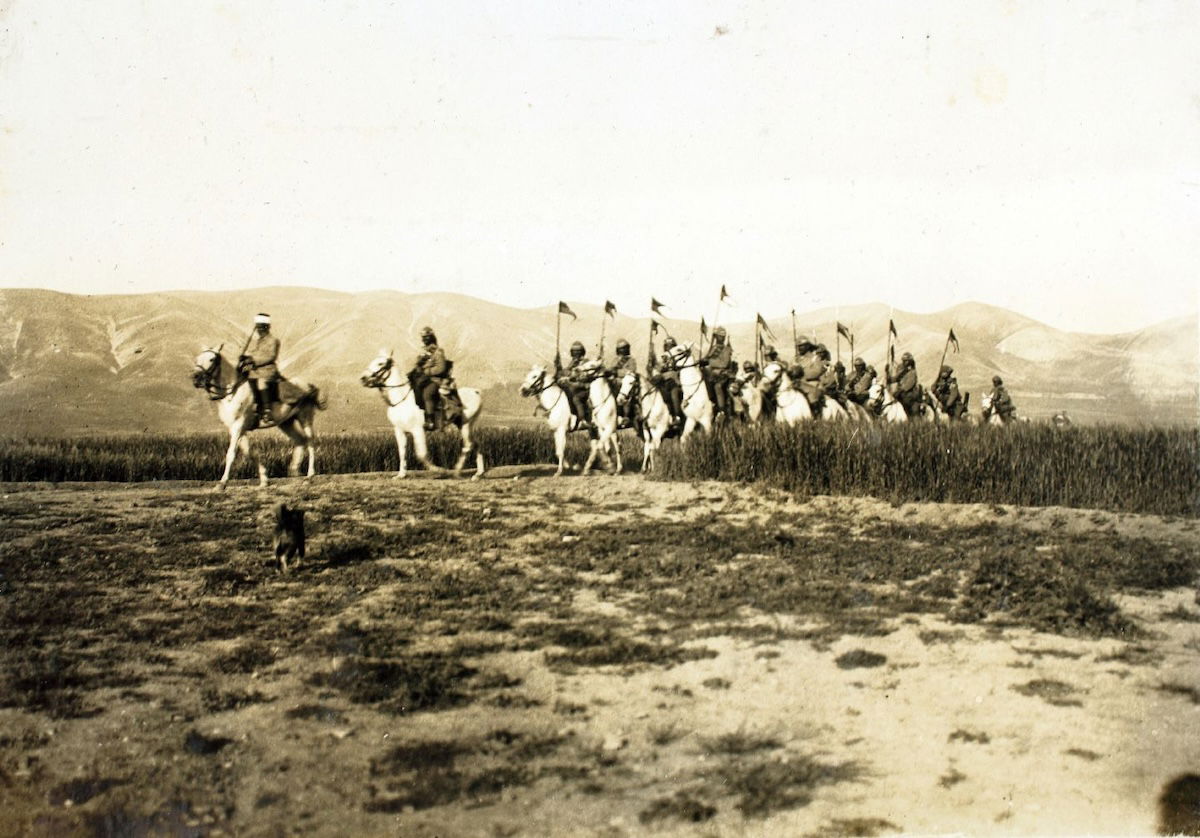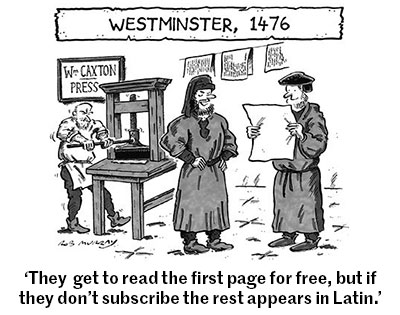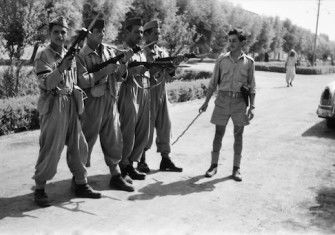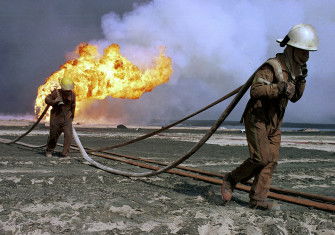Creating Iraq’s Military State
Foreign armies acted with impunity in Iraq from the first decade of independence. In response, the Iraqi military became a tool of internal repression.

On 3 October 1932, Iraq joined the League of Nations. Symbolically, the assembly’s vote to admit Iraq, which terminated Britain’s mandate over the country, marked its independence. But true sovereignty remained elusive. For Iraq’s monarchy, installed by British officials in 1921, independence brought a sense of anxiety, not triumph.
The end of the mandate came with a condition: the Anglo-Iraqi Treaty of 1930 allowed Britain to maintain military bases in Iraq and kept the country dependent on British aid and advisers. The Iraqi monarchy and government officials worried about the country’s vulnerability to foreign meddling. In response, they turned inward. Iraq mainly used its army and air force to police its domestic populations, including Kurdish nationalist rebels, Shia Arab tribes and, most devastatingly, the small Assyrian and Yazidi communities.







